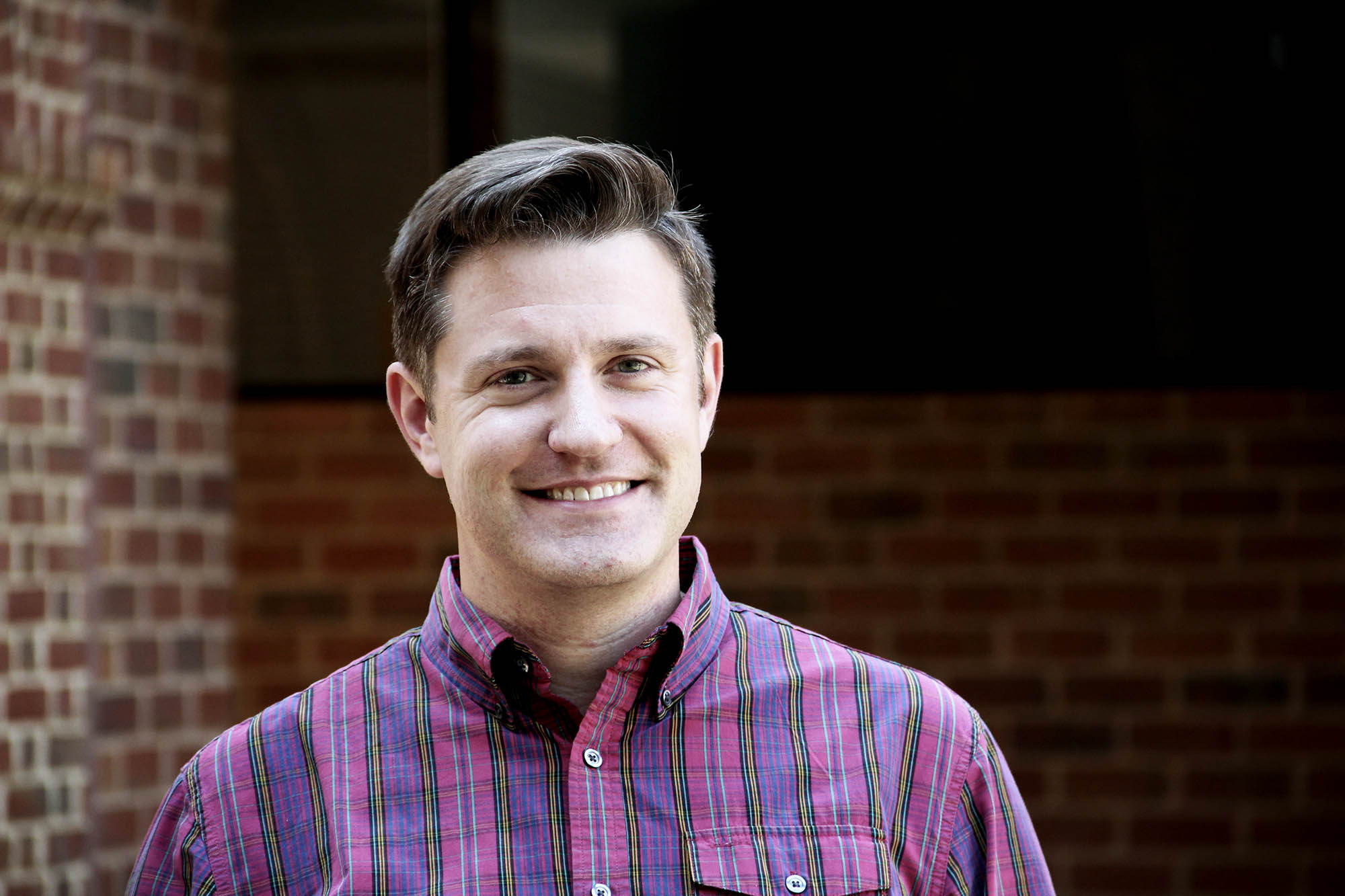Do you have a micromanaging boss, or a leadership team who trusts you to get the job done? Do you feel safe and supported at work? Are there opportunities for leadership and professional growth?
When it comes to the major factors that influence job satisfaction, teachers are just like the rest of us.
When you put all these factors together, policy researchers call it “working conditions.” In education, where so much is rightly focused on the student experience, studying working conditions means focusing on the adults in the room – the teachers and support staff. And that focus, in turn, helps to improve overall school quality and education.
“Teachers who have higher perceptions of their working conditions are more satisfied with their jobs. They are more likely to remain teaching at that school the following year,” said Luke C. Miller, a research associate professor with the University of Virginia’s EdPolicyWorks center. In Virginia, which is facing an alarming teacher shortage, Miller is among the UVA researchers who are part of a major statewide partnership to figure out what conditions teachers need to succeed.
What Are Current Working Conditions Like?
After the Virginia General Assembly passed a resolution in 2018 mandating a bi-annual examination of teacher working conditions, researchers at the UVA School of Education and Human Development partnered with the Virginia Department of Education to complete the first comprehensive, statewide survey on teacher working conditions.
Conducted in early 2019, the survey captured how teachers and staff in Virginia public schools perceived their working conditions. More than 54,000 teachers – 62% of all teachers in regular Virginia public schools – responded to questions that measured nine major aspects of working conditions, including teacher leadership and autonomy, managing student behavior, professional growth opportunities, prevalence of bullying, and feeling safe.
School and department officials received initial results right away. In April, Miller and his research team released a more in-depth analysis that explored how teacher perceptions varied across schools and among different subgroups of teachers within the same school.

Luke Miller is a research associate professor with EdPolicyWorks, a joint collaboration between UVA’s School of Education and Human Development and its Batten School of Leadership and Public Policy. (Contributed photo)
In general, both teachers and staff felt positive about their working conditions. Teachers were the most positive about the rigorous instruction provided at their schools and were most concerned with student behavior management. Still, Miller emphasized that the data include a lot of variation. “While it is true that, on average, teachers feel positively – it’s not all roses and sunshine,” he said. “It’s one of those things where we have lots of strengths to build on, but we have weaknesses we need to address. My hope is that our research starts to inform that conversation.”
For example, teachers in elementary schools rated their working conditions higher than teachers in secondary schools did. and teachers in schools with larger concentrations of minority and economically disadvantaged students rated their working conditions lower than those in schools with lower concentrations. Within schools, Black teachers held more favorable perceptions than their white colleagues. The results largely mirror those of similar surveys in states like North Carolina and Massachusetts. But in the policy world, information from directly within your own geographical community is invaluable.
Miller is grateful that so many constituents, including the Virginia Board of Education, the Department of Education, legislators and school leaders, have all worked together to make this research possible. “The nature of this work is about partnership,” he said, “and without that partnership it just couldn’t be done.”
A New Level of Insight
There’s a lot yet to unpack in the 2019 results, and the research is just getting started. Miller, a self-described “data geek,” loves to dig into massive datasets in search of practical insights that can inform education policy and build a strong teacher workforce. A new $1.4 million grant from the Institute for Education Sciences will allow him and his team to do just that.
The new grant will fund the next iteration of the survey, which will be conducted in early 2021. It will also advance the research in two major ways. The first – and this is where the data geek in Miller really comes out – will allow researchers to link survey results to key outcomes by sorting schools into common profiles of similar working conditions.
“We talk about working conditions as this monolithic thing that teachers experience, but when we go to measure it, we measure these eight to 10 different items,” he said. “Which is great for getting us a lot of information, but then when you want to move into this next level of analysis – how do working conditions impact something else – then all of that variety gives you a headache.”
Instead of averaging all nine measures into a single score, which erases valuable nuance, researchers will use a statistical method called latent profile analysis to see how schools cluster into certain types. To Miller’s knowledge, this type of analysis has never been done with teacher working conditions.

The technique will allow researchers to compare working conditions to important student achievement outcomes like test scores, where previous research suggests a strong connection.
“Teachers who feel more supported in doing their job, which is to instruct and educate students – in those schools, the performance of students outstrips the performance of students in schools where teachers feel less positively about their working conditions,” Miller said.
The profile analysis will unlock a new level of detail. By comparing the working conditions results with state data on test scores, researchers can examine how working conditions relate to outcomes of specific groups of students in specific types of schools.
In particular, the team is most interested in looking at this data through an equity lens. “Do we see big gaps – differences in the level of performance – across student groups? We’re really focusing on the equity piece, particularly in terms of race and economic disadvantage,” he said.
Plus, they will also compare the survey data with hard data on teacher retention – the actual turnover rate of teachers in the schools being studied. Together, these comparisons will provide new insight into how working conditions impact the outcomes that students, teachers and families care about.
Getting to the ‘Why?’
The long-term goal of all this work, Miller said, reaches beyond statistical analyses and into the day-to-day lives of teachers and students.
“Let’s say we’ve just shown that this dimension is positively or negatively correlated with these outcomes that we all care about,” he said. “Whenever you present that to anybody who works in schools, their response is, ‘Great, so what do I do to move that?’”
With the new grant, researchers have brought in colleagues who will follow up the survey with in-depth interviews with teachers and principals. Adding rich, qualitative data will provide insight into not just how working conditions and outcomes are linked, but why.
Ultimately, he said, the focus is on making an impact – by uncovering how to move the needle on working conditions.
Of course, schools’ responses to the ongoing pandemic will also come into play in the 2021 survey. The new survey will include new questions that will measure teachers’ satisfaction with how their schools communicated through the shutdown, their confidence with returning to the classroom, and their access to resources for addressing learning loss, among other things.
Miller and his team are conscious of what it means to ask teachers to spend time filling out a survey in a pandemic. While the in-depth analyses will take time, he emphasized that releasing baseline results in a timely manner is a priority.
“We don’t want the schools and the staff to feel like this is another data collection burden that then goes into a black hole,” he said. Setting the long-term research goals aside, immediate survey results will help school divisions understand how their working conditions have changed, informing local conversations about how best to support educators.
“This is exactly the right time for us to do this, because the way people in the system feel about their work this year will be with us and will be influencing how we recover moving forward,” Miller said. “Having this as a baseline, to understand where we need to build from, is super important.”
Media Contact
Article Information
October 28, 2020
/content/how-help-students-focus-teachers

